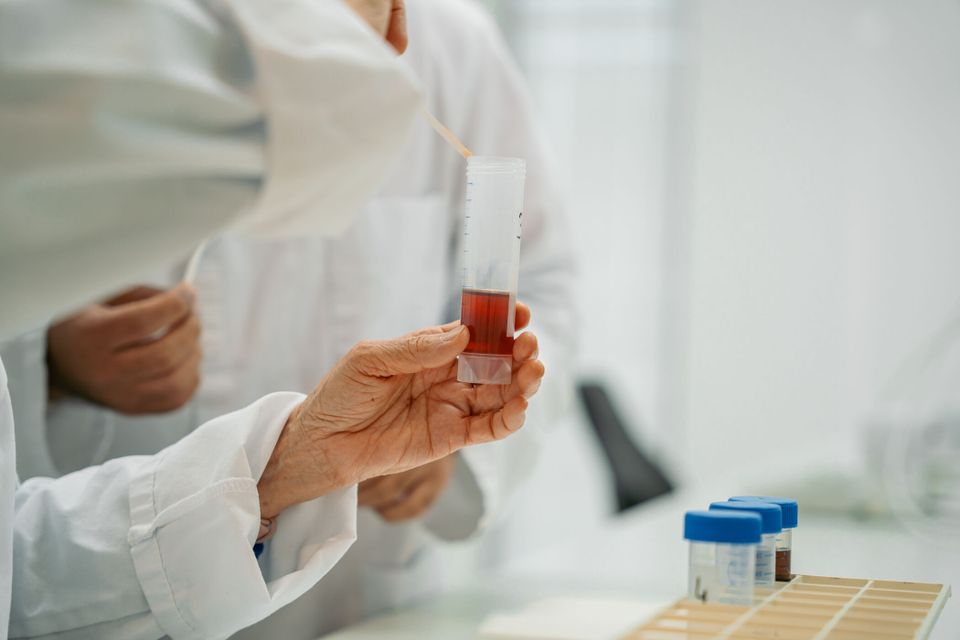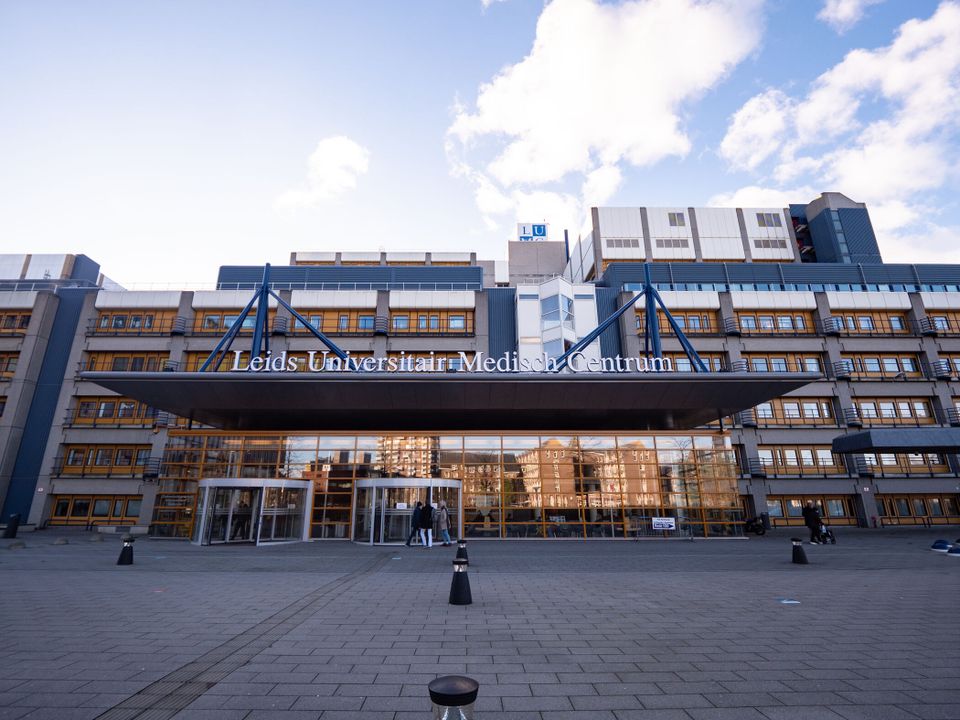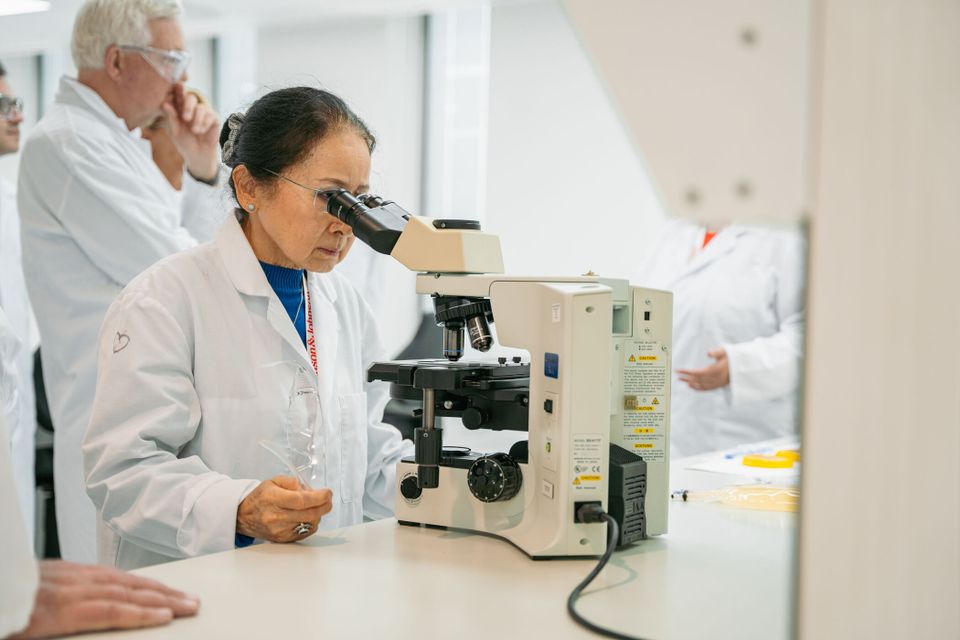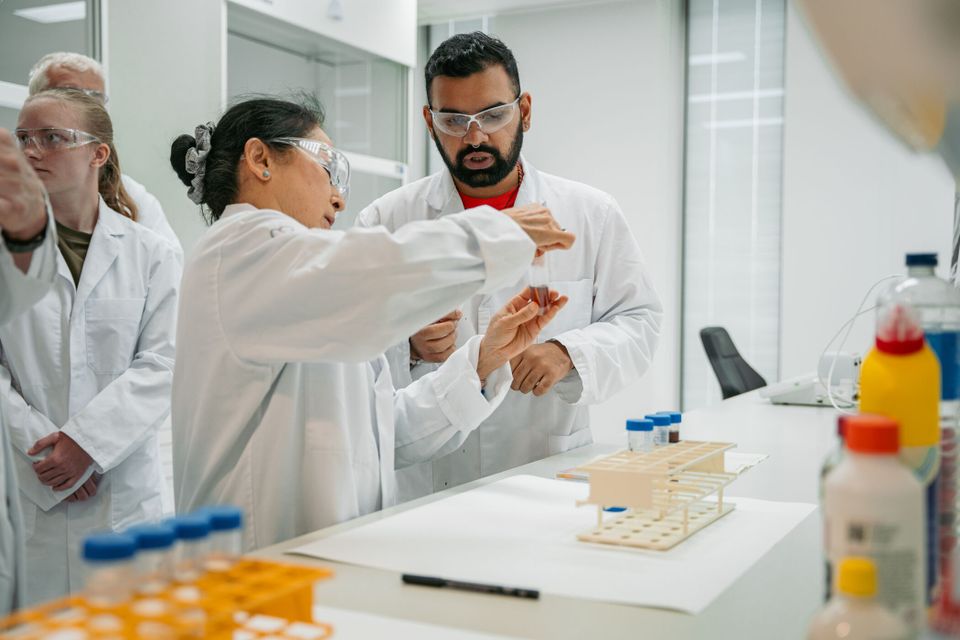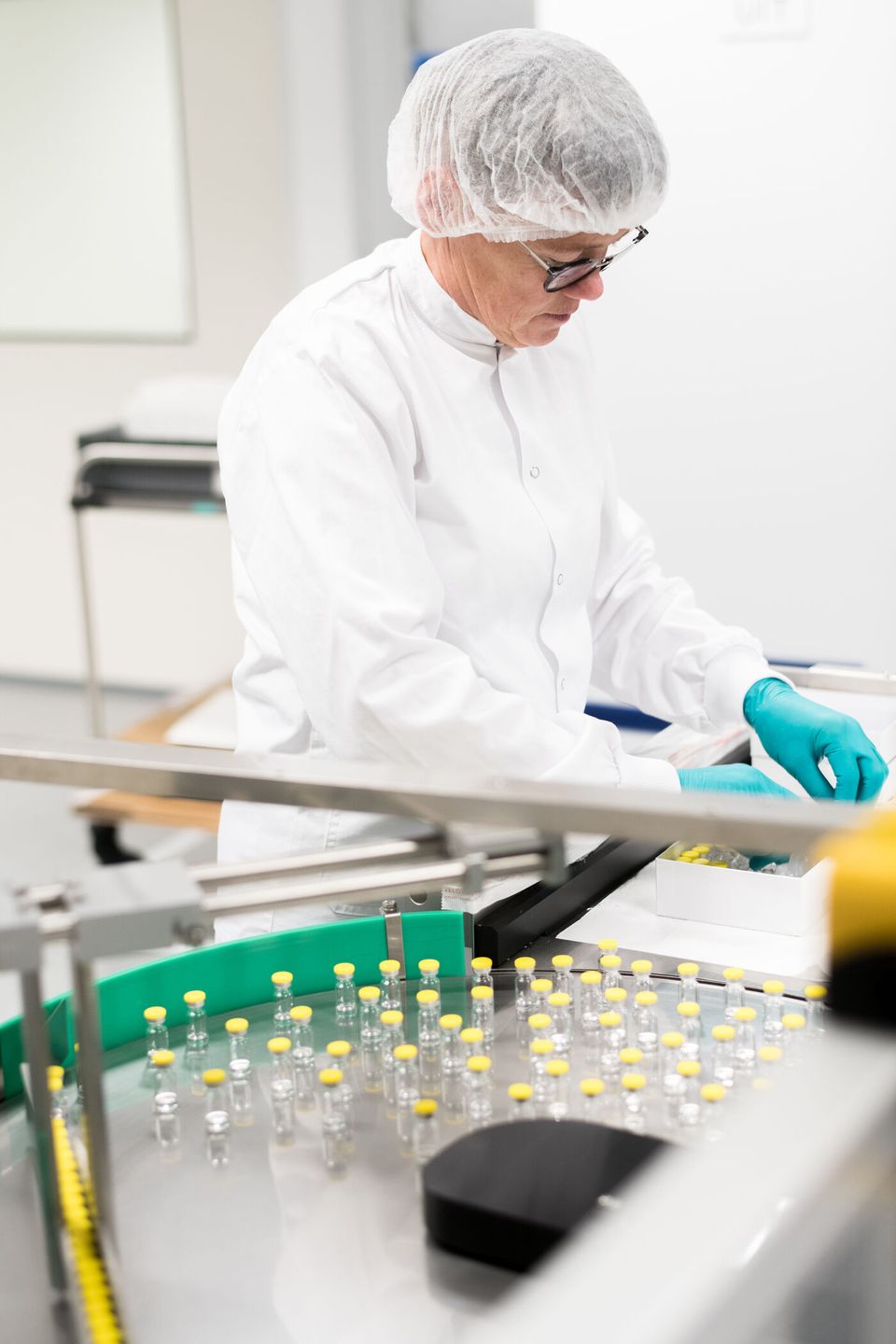LUMC discovers key to cell restoration in type 1 diabetes
LUMC researchers Bahareh Rajaei and Françoise Carlotti have made a major discovery in the field of cell repair in type 1 diabetes. This autoimmune disease causes the immune system to attack its own body, causing inflammation or damage to body cells, among other things. The new findings could contribute to the development of an innovative therapy aimed at repairing these affected cells.
Regenerative medicine
Regenerative medicine focuses on repairing cells, tissues or organs that have been damaged, for example, by diabetes. To restore these damaged cells, researchers use induced pluripotent stem cells (hiPSCs). These are created from body cells, such as skin cells and are then reprogrammed to return to an early developmental stage. In this state, they can develop into different cell types.
A key advantage of hiPSCs is that they can divide indefinitely, allowing new cells and tissues to be grown as needed.
